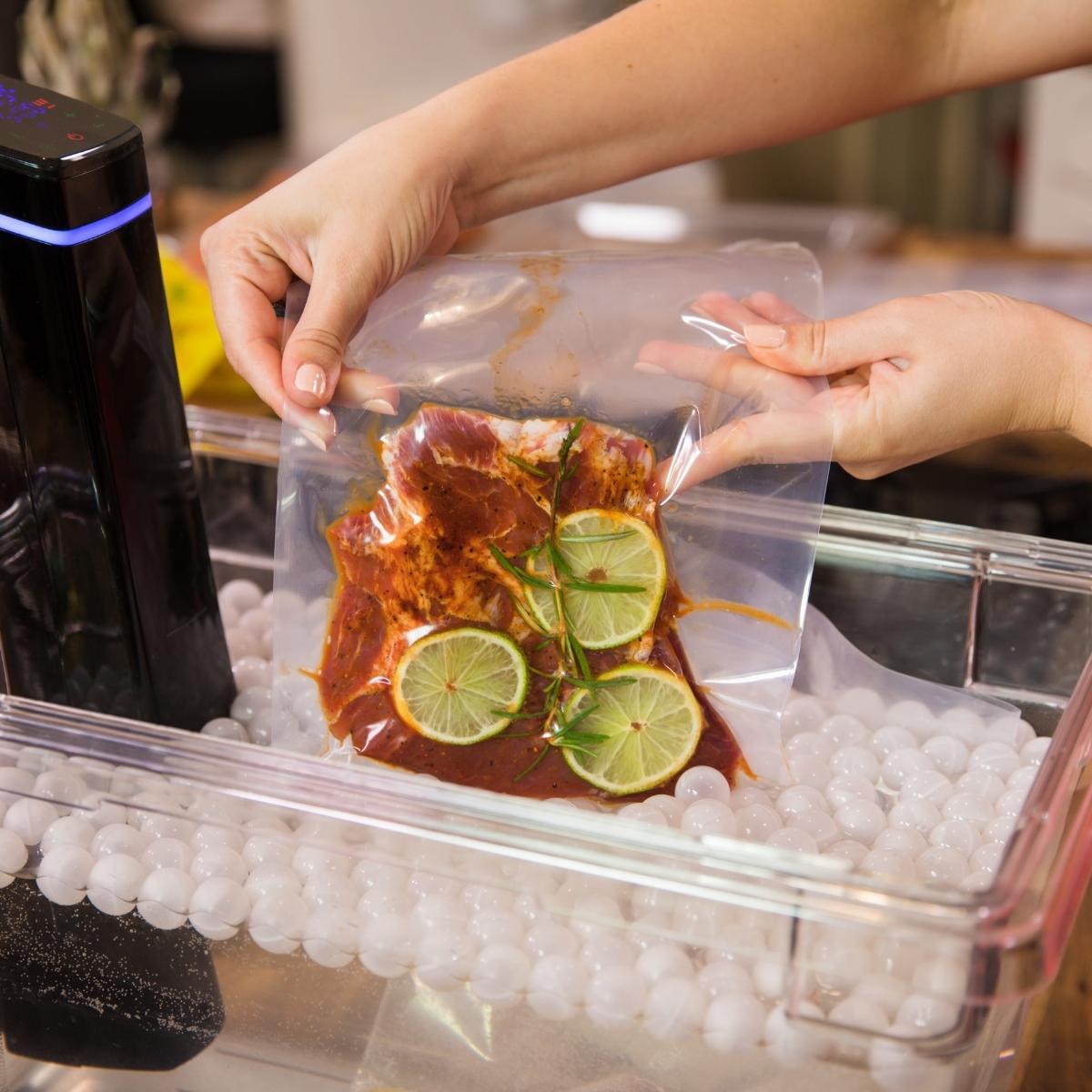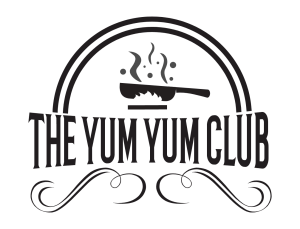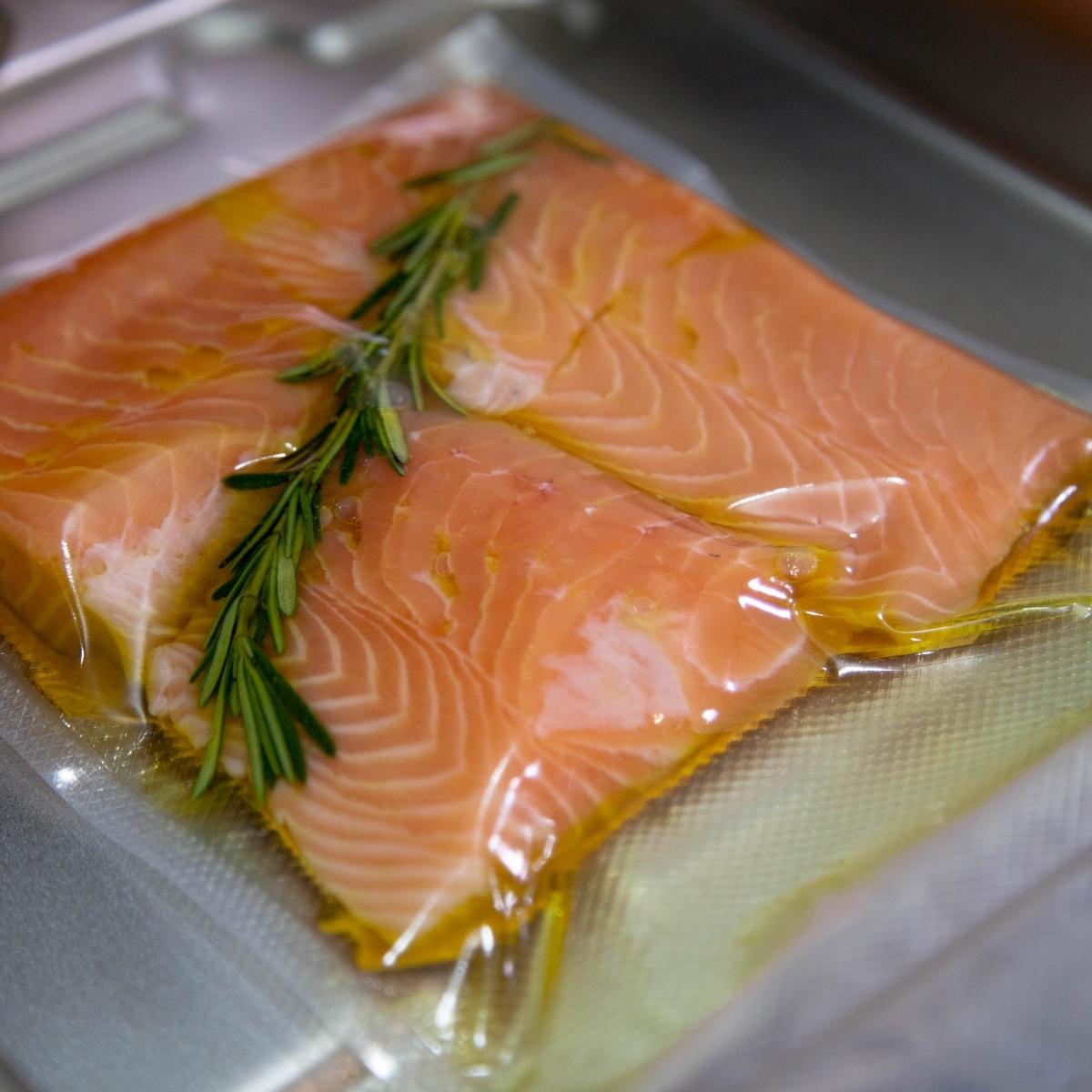
What Does Sous Vide Mean?
Sous vide, pronounced as soo-VEED, is a cooking method that is quickly gaining traction in the at-home cooking market. The term sous vide itself means under vacuum in French, which can be thought of as a very short, but accurate definition of the sous vide cooking method. The sous vide cooking method is used when food is vacuum-sealed, then cooked slowly in a water bath heated to a specified temperature. This method helps to cook the food gently over time, ensuring that it maintains all of its flavors and juices.
According to All Recipes, typically, the water is heated to a temperature well below simmering, anywhere in the range of 125 degrees F to 195 degrees F. The best part about this cooking method is that there is little to no preparation needed, as marinades, seasonings, and tenderizers aren’t required or oftentimes used. This is because the cooking method helps to maintain the food’s natural integrity and to bring out the natural flavors found within the food.
The sous vide cooking method has been around for years but was once thought to be strictly reserved for higher-end restaurants. As the method is gaining popularity in kitchens at home, it’s important to fully understand the cooking method and other important details associated with it.
The Sous Vide Process Explained
As mentioned prior, there isn’t much preparation work involved with the sous vide method. However, the most important thing is to ensure you have the right equipment, and that you are cooking the food to an adequate level of doneness. In most cases, you will need a large pot to submerge the food in as well as plastic or Ziploc-style bags. If you’re interested in becoming sous vide expert, you may also consider purchasing an immersion circulator that helps to ensure the water is heated to the desired temperature while circulating that temperature throughout the cooking pot.
The process is relatively simple and can be explained in a few short steps.
Step 1: Prep the food (if you decide to)
This cooking method doesn’t require any type of seasonings, tenderizers, or marinades. However, if you have a preference for preparing your food in any sort of way, now is the time. Be sure to get the prep work out of the way before starting to cook.
Step 2: Properly seal the food
Properly sealing the food is one of, if not the single most important element of this cooking method. Sous vide itself means under vacuum, so the food must be properly vacuum sealed in the bag prior to submersion. If you’re a sous vide expert, again you may consider purchasing a vacuum-sealing machine. During this time, you can also add any aromatics or anything else desired in the bag, as well.
Step 3: Designate/set cook time and temperature
After preparing and packaging your food, it’s important to ensure the cooking vessel is properly heated to the desired temperature. From there, you must ensure you are cooking the food the correct amount of time to avoid it being either underdone or overdone. The desired cooking temperature and time can typically be determined through a simple internet search if needed. Once your water has reached its designated temperature, you will use a clothespin or binder clip (in most cases), to secure the vacuum-sealed bag and ensure it is fully submerged in the pot. It’s important to note that the bag should be submerged with the seal end up, as it helps to ensure the seal remains tightly closed.
Step 4: Sear your food
Again, this is a completely optional step. However, especially with meats, searing your food after using the sous vide method is very common. There won’t be any type of sear from the sous vide method but cooking the food in a cast-iron skillet or on a grill afterward helps to add some more flavor and char to the meat. It’s important to note that if you plan to sear your food afterward, you may want to ensure that you remove your food slightly prematurely from the cooking vessel.
What Can I Cook Using The Sous Vide Method?
If you are curious about what you can cook using the sous vide method, the short answer is: just about anything. There is a large misconception in the cooking industry that the sous vide method is only good for cooking meats. However, as you begin to perfect this method, you will find that you can cook basically anything you desire. Listed below are a few fan favorites when it comes to the sous vide method.
- Tougher Meats – Chicken, pork, turkey, etc.
- Eggs
- Seafood
- Yogurt
- Ice Cream
- Custards
- Cocktails
- Cheese
- Vegetables – carrots, broccoli, etc.
Now that you’ve learned a little bit more about what exactly sous vide means and the sous vide cooking process, it may be worth it to give the sous vide method a try. Who knows, you may find you have a natural knack for this cooking style!
FAQ’s
What’s the difference between boiling and sous vide cooking?
Sous vide is both more healthy and more flavorful than boiling, which often removes both nutrients and natural flavors from food. By cooking the food at a low temperature in an airtight, oxygen-free environment, less salt and spices are needed, while the food retains a higher level of vitamins and minerals.
Are there any disadvantages to sous vide cooking?
- Cooking times are longer.
- Some vegetables and some fish produce inconsistent results.
- Food safety requires more attention.
- A water oven is required.
Why are sous vide so great?
It is healthier to cook sous vide. You’ll use less oil, fat, and salt when cooking. By slow-cooking, more nutrients are preserved, as well as more readily available. There is no problem with it accommodating special diets such as Keto, Paleo, gluten-free, etc.
Are sous vide used by chefs?
Sous vide makes quality control that much easier for chefs thanks to its ability to eliminate defects. Steaks and other foods are precisely cooked with sous vide. The best part is that you get to enjoy a medium-rare steak that’s perfectly cooked.


Leave a Reply